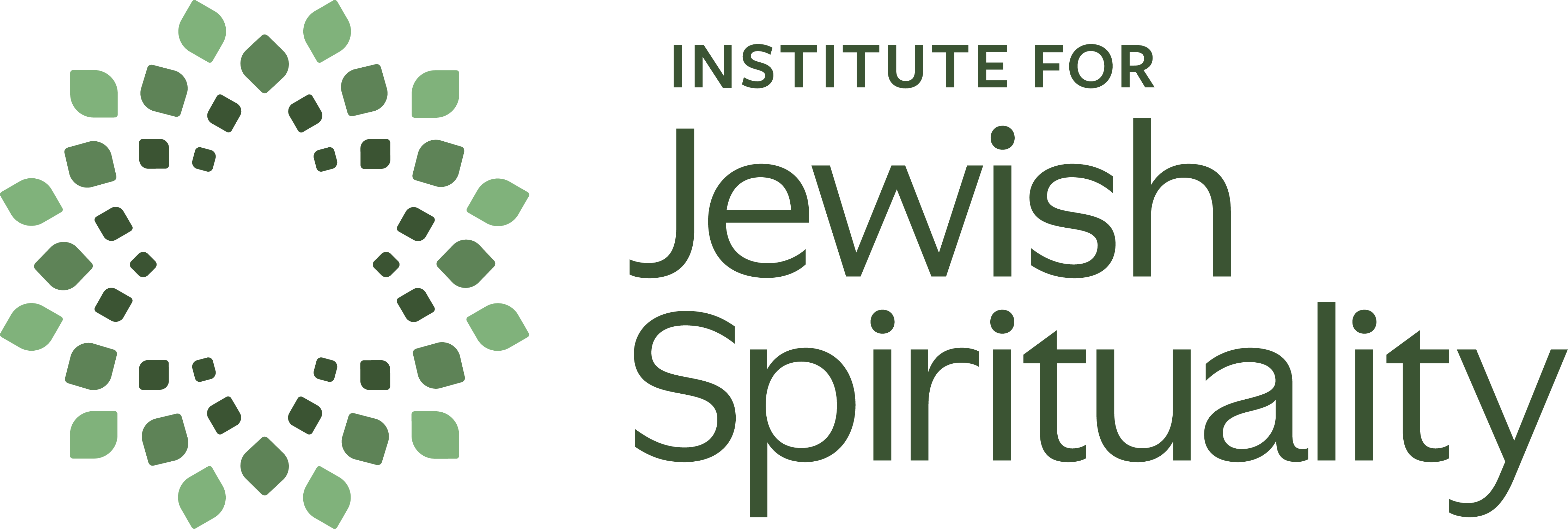One of the inside jokes my wife Natalie and I have shared over 23 years of marriage is what we lovingly call the “Really, you needed research to tell you that?” phenomenon. You might be familiar with it yourself. In our experience, it most regularly occurs reading articles in The New York Times in which scientific research demonstrates something that it seems like someone with common sense could have figured out on their own. “Having friends contributes to lower levels of loneliness” “More sleep helps you feel more rested.” “People who have more birthdays live longer.” That kind of thing.
That’s not to knock the scientists who do this work (okay, the last one was genuinely tongue in cheek). Studies into phenomena we intuitively know to be true are, in my experience, very valuable. They usually uncover dimensions we didn’t previously understand. They give us ways to quantify and talk about aspects of our lives that have previously been a little mushy. And they often offer ways in which science and religion can speak to one another.
One truly excellent contribution to this genre is Berkeley social psychologist Dacher Keltner’s recent work on awe and wonder. Keltner defines awe as “the feeling of being in the presence of something vast that transcends your current understanding of the world.” He and his team show that awe is a very deep emotion that serves a number of psychological, physiological, and social functions. I learned a tremendous amount reading his book.
It turns out that awe, like meditation, stimulates the vagus nerve, which helps to reduce inflammation in the body and in the processes that regulate our emotions. And so experiencing even a few minutes of awe regularly can help us be more humble and altruistic, feel more connected to community and the natural world, and see the world as less polarized. That, in turn, can help us alleviate multiple crises we’re experiencing: in mental and physical health, the epidemic of loneliness (about which the U.S. Surgeon General has issued a warning), political polarization, even climate change.
If you’re the kind of person who’s reading a Shabbat reflection from a rabbi who leads the Institute for Jewish Spirituality, you may well be hearing that little voice in your head I described at the top: Really, I needed a study to tell me that awe is a good thing? I know that from my own experience. True. And I’ll still highly encourage you to read the book and watch Keltner’s Ted talk, because you’ll probably learn things you didn’t know (I certainly did), including ways to experience awe you might not have thought of. And of course, it may be particularly useful for having a conversation with people in your life who don’t intuitively buy the argument.
Tuesday was the Ninth of Av, the lowest point on the Jewish calendar. Beginning this Shabbat and continuing for the next seven weeks, the haftarah, or portion of the Prophets we read liturgically, is drawn from the Book of Isaiah. Collectively these seven haftarot are known as the shiva d’nechemta, the seven haftarot of consolation.
This week’s haftarah is marked by an abundance of nature imagery: deserts, mountains, hills and valleys. “Who measured the waters with a hand’s hollow, and gauged the skies with a span, and meted earth’s dust with a measure, and weighed the mountains with a scale, and the hills with a balance?” (40:12-13). All of this, it would seem, is in service of reawakening within us a sensation of awe, helping us sense that we are part of something much larger than ourselves.
The haftarah concludes with the memorable verse, “Lift high your eyes and see: Who (in Hebrew: Mi) created these (eleh)? The One who sends out their host by count, who calls them each by name. Given such great might and vast power, not a single one fails to appear” (40:26). The Hasidic master Rabbi Menachem Nachum of Chernobyl comments that the act “lifting up our eyes” is a spiritual act, whereby we connect the mi (who) with the eleh (these), thus producing the letters that spell out elohim, the Creator.
The lesson would seem to be that a trailhead on the path of healing is re-grounding in awe. Our brokenness can lead us to places of constriction and isolation. But contemplating the vastness and majesty of creation–of which we are an amazing and yet infinitesimally small part–helps awaken with our bodies, hearts, and minds the sources of our own renewal.
In this, Isaiah would seem to be a precursor to Mary Oliver’s poem “Wild Geese,” which memorably concludes,
Whoever you are, no matter how lonely,
the world offers itself to your imagination,
calls to you like the wild geese, harsh and exciting–
over and over announcing your place
in the family of things.

